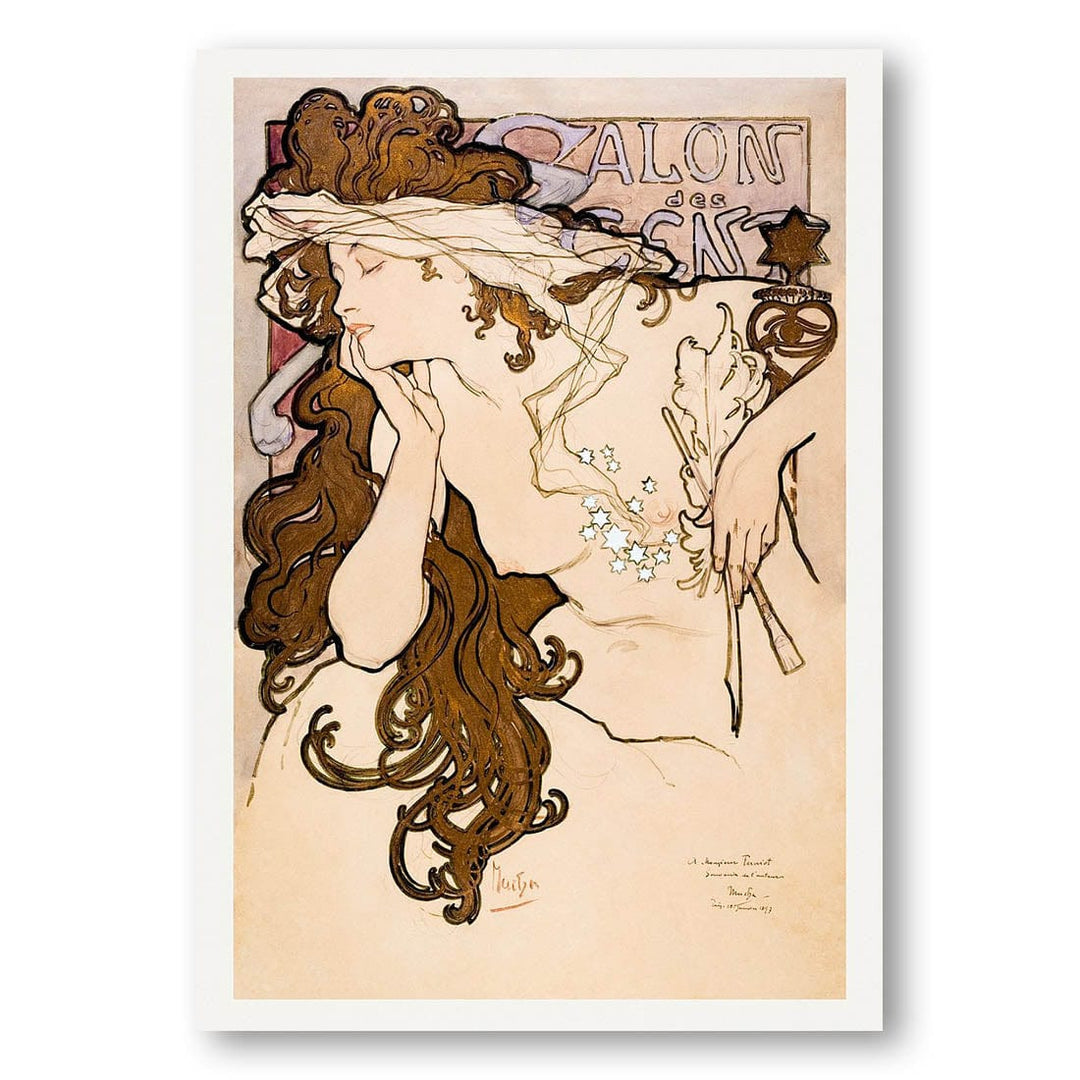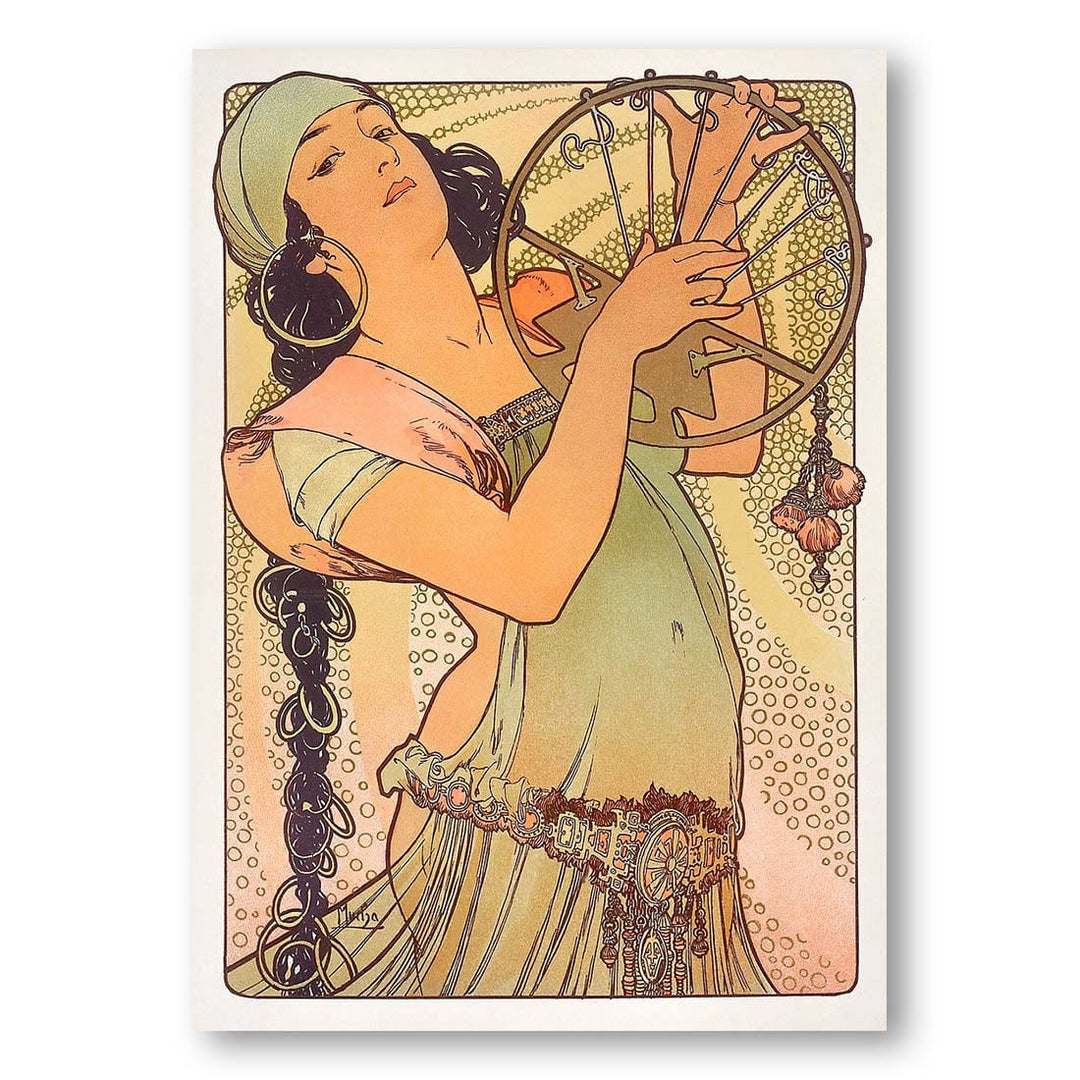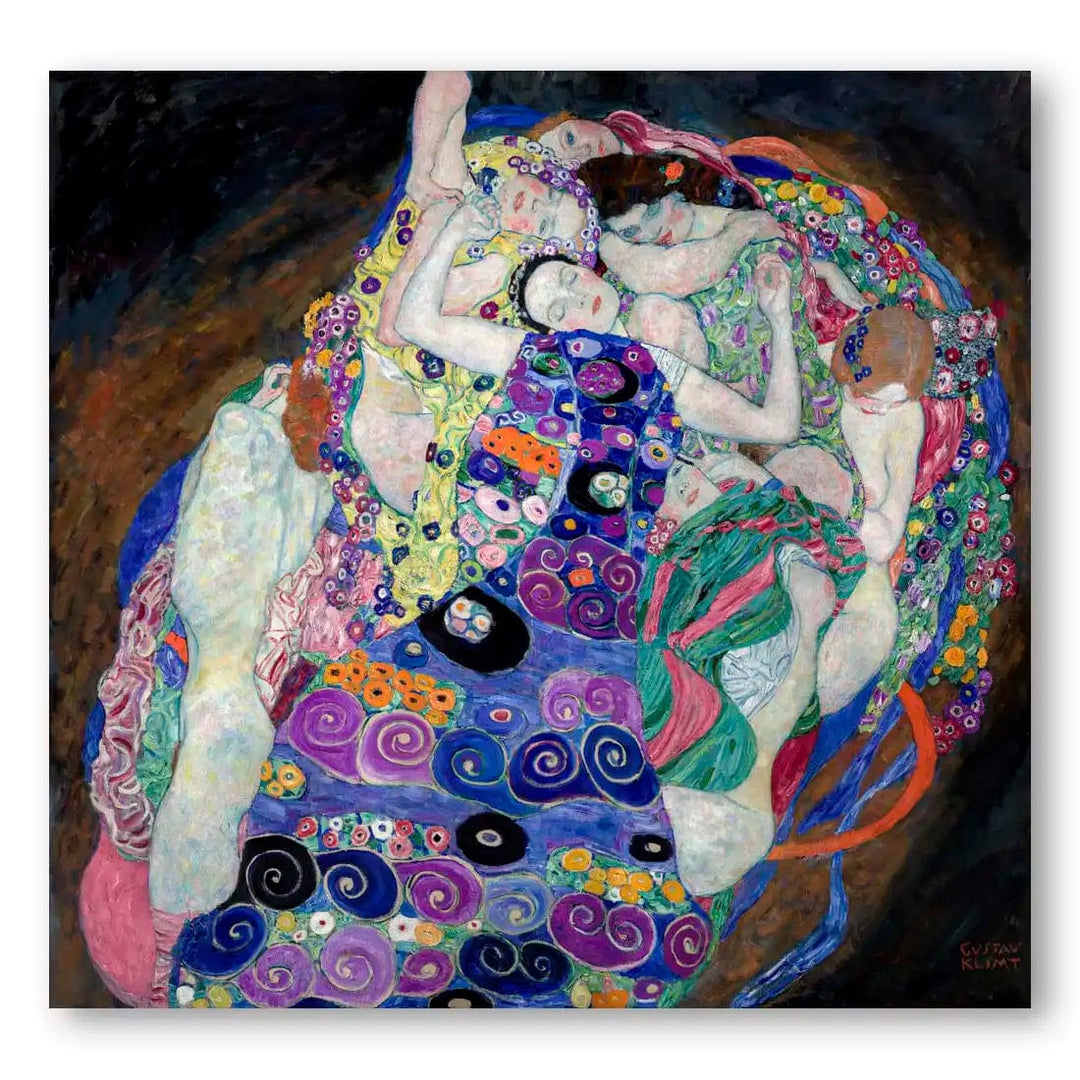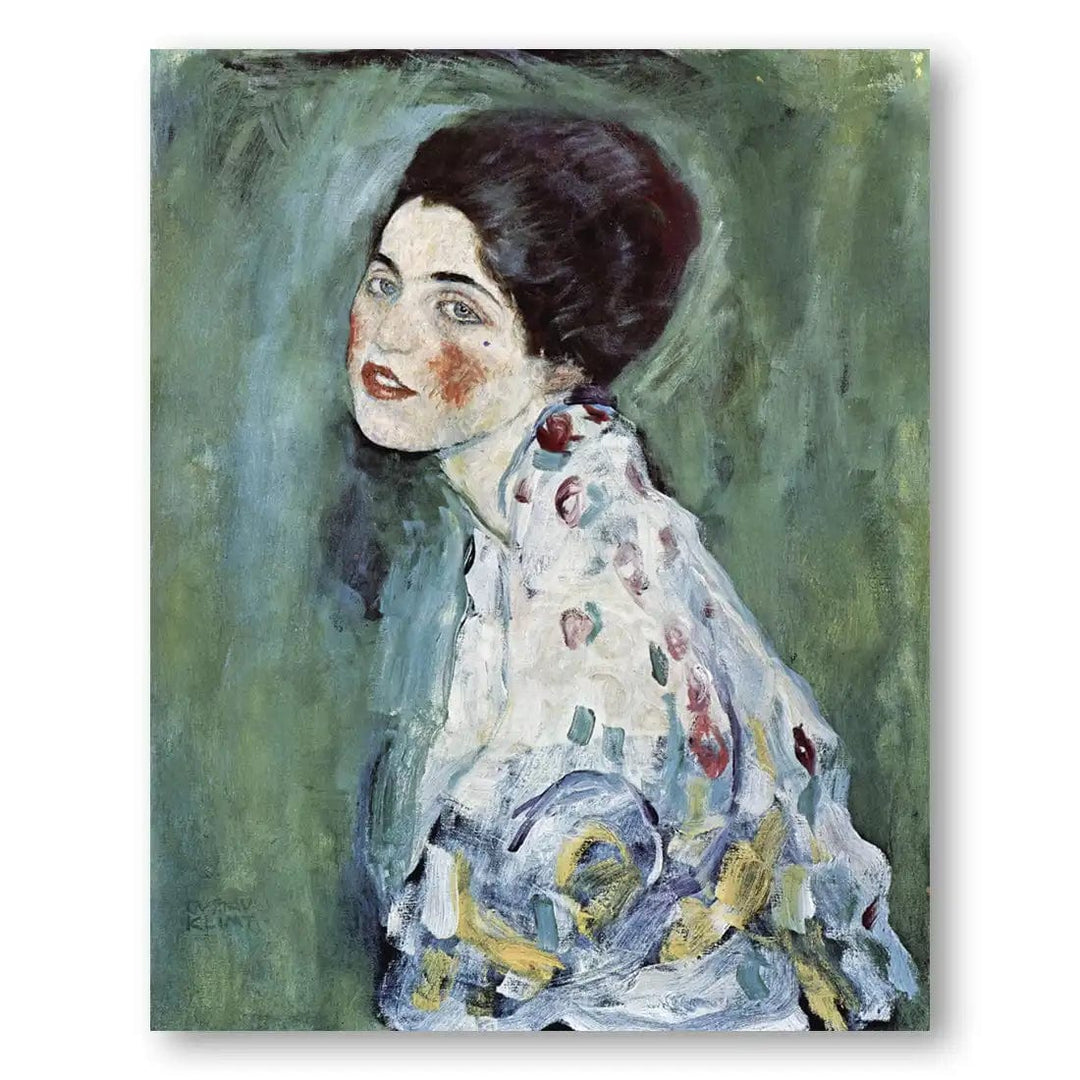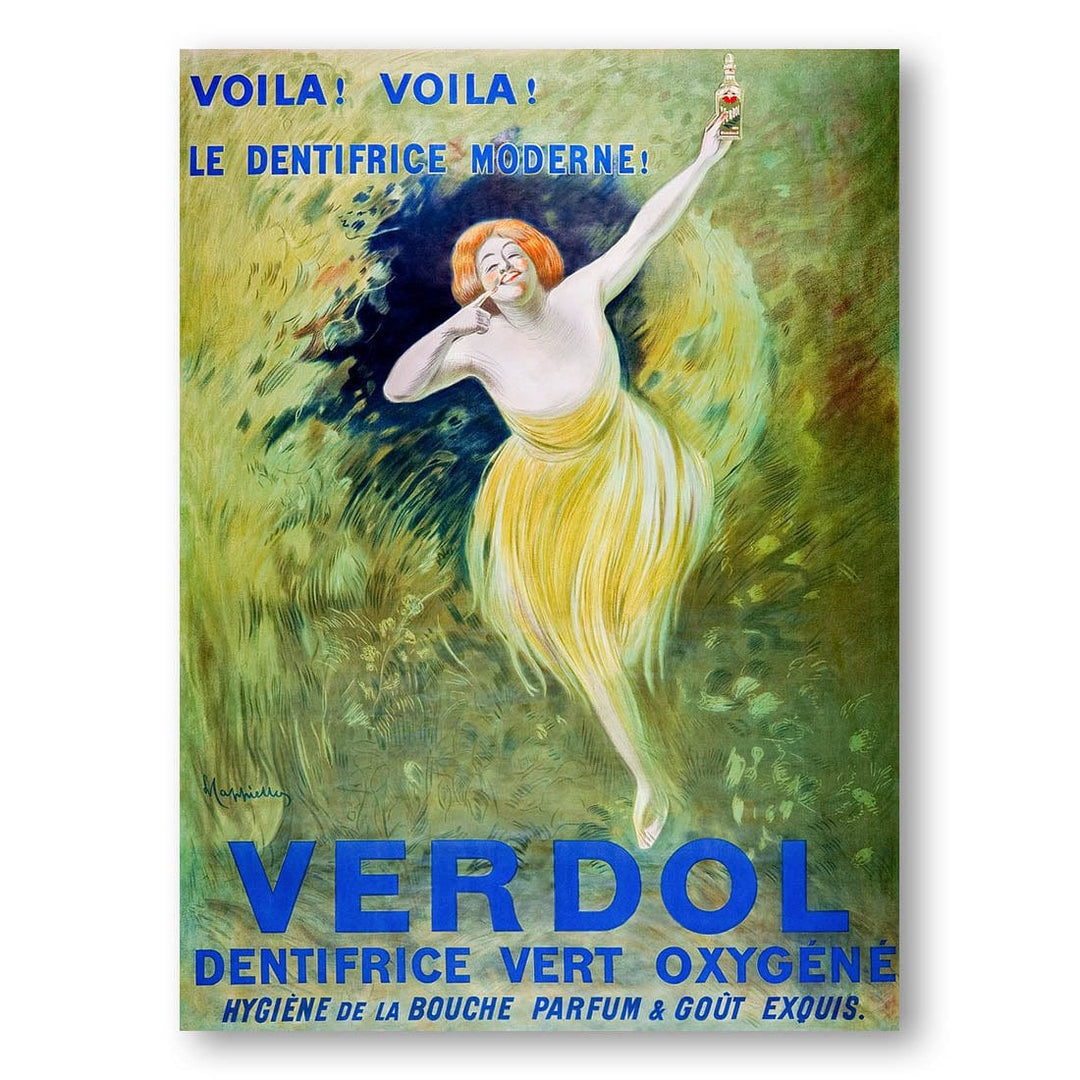What is Art Nouveau?
Art Nouveau, meaning "New Art" in French, was an international style that flourished between 1890 and 1910 throughout Europe and the United States. According to the Museum of Modern Art, this revolutionary movement was characterized by its use of long, sinuous, organic lines inspired by natural forms such as flower stalks, vine tendrils, and insect wings.
The movement was a deliberate reaction against the historicism and eclecticism that dominated 19th-century art and design. Art Nouveau artists believed in breaking down traditional distinctions between fine arts and applied arts, seeking to create a "total work of art" (Gesamtkunstwerk) that unified architecture, furniture, and decorative elements.
Key Characteristics of Art Nouveau:
- Organic forms: Flowing lines inspired by plants, flowers, and natural growth patterns
- "Whiplash" curves: Dynamic, asymmetrical lines that created a sense of movement
- Modern materials: Innovative use of iron, glass, ceramics, and later concrete
- Integration of arts: Unification of architecture, interior design, and decorative arts
- Symbolic imagery: Often featuring ethereal female figures and natural motifs
Did You Know? Regional Names for Art Nouveau
This international movement had different names across Europe: Jugendstil in Germany, Sezessionstil in Austria, Stile Liberty in Italy, Modernisme in Spain, and Style nouille ("noodle style") in Belgium. Each region developed its own interpretation while maintaining the core aesthetic principles.
Art Nouveau Timeline
Pioneering Architects Who Shaped the Movement
Victor Horta (1861-1947) - The Belgian Innovator
Victor Horta, often credited as one of the founders of Art Nouveau, designed the Hôtel Tassel in Brussels (1892-93), considered the first true Art Nouveau building. His innovative use of iron and glass created open, light-filled interiors decorated with flowing vegetal forms. Horta's buildings are now UNESCO World Heritage sites, testament to their revolutionary impact on architecture.
Hector Guimard (1867-1942) - Master of Parisian Art Nouveau
French architect Hector Guimard became famous for his iconic Paris Métro entrances and the Castel Béranger apartment building. After meeting Victor Horta in 1895, Guimard developed his distinctive style that perfectly embodied Art Nouveau's organic principles. His work demonstrated how the movement could be applied to both public infrastructure and private residences.
Master Artists Who Defined Art Nouveau
Alphonse Mucha (1860-1939)
Czech artist Alphonse Mucha became synonymous with Art Nouveau through his distinctive posters featuring beautiful women surrounded by flowing, organic forms and intricate floral patterns. His work for actress Sarah Bernhardt and various commercial clients helped define the visual language of the movement. Mucha's style, characterized by soft pastels, gold accents, and circular motifs, continues to influence graphic design today.
Gustav Klimt (1862-1918)
Austrian painter Gustav Klimt was a leading figure in the Vienna Secession movement, Austria's version of Art Nouveau. His paintings are instantly recognizable for their lavish use of gold leaf, intricate geometric patterns, and sensual figures. Klimt's work embodied the opulence and psychological depth that characterized the movement's mature phase, bridging decorative art and fine art.
Leonetto Cappiello (1875-1942)
Italian and French poster artist Leonetto Cappiello revolutionized commercial advertising design. Often called "the father of modern advertising," Cappiello's early works showed clear Art Nouveau influences before evolving toward the bold, simplified designs that would characterize modern poster art. His ability to create memorable brand images through artistic excellence demonstrated Art Nouveau's commercial applications.
Other Notable Art Nouveau Masters
- René Lalique - French glass and jewelry designer known for his innovative techniques and nature-inspired motifs
- Louis Comfort Tiffany - American artist famous for his stained glass windows and innovative glassmaking techniques
- Antoni Gaudí - Spanish architect whose organic, sculptural buildings in Barcelona represent Art Nouveau's most radical expression
- Charles Rennie Mackintosh - Scottish architect and designer who developed the distinctive "Glasgow Style"
Art Nouveau's Lasting Legacy
Although Art Nouveau's heyday was brief, ending around World War I as tastes shifted toward Art Deco and Modernism, its influence remains profound. The movement's emphasis on organic forms, integration of arts, and rejection of historical pastiche paved the way for modern design principles. Today, Art Nouveau's elegant curves and natural motifs continue to inspire architects, designers, and artists worldwide.
From Guimard's surviving Paris Métro entrances to Gaudí's ongoing Sagrada Família, Art Nouveau's architectural legacy remains visible in cities around the world, reminding us of a time when artists dared to imagine a completely new aesthetic for the modern age.
Where to Experience Art Nouveau Today
- Brussels, Belgium: Victor Horta's houses (UNESCO World Heritage sites)
- Paris, France: Guimard's Métro entrances and Castel Béranger
- Barcelona, Spain: Gaudí's architectural masterpieces
- Vienna, Austria: Secession Building and Klimt paintings
- Museums worldwide: MoMA, Musée d'Orsay, and Victoria & Albert Museum
Bringing Art Nouveau Into Your Home
These pioneering artists and architects helped create one of history's most distinctive and influential design movements. Through their innovative vision, they transformed how we think about the relationship between art, nature, and daily life. By bringing these masterpieces into your home through our carefully curated collection of high-quality prints, you're not just decorating your walls—you're embracing a piece of art history that continues to inspire beauty and creativity more than a century later.





